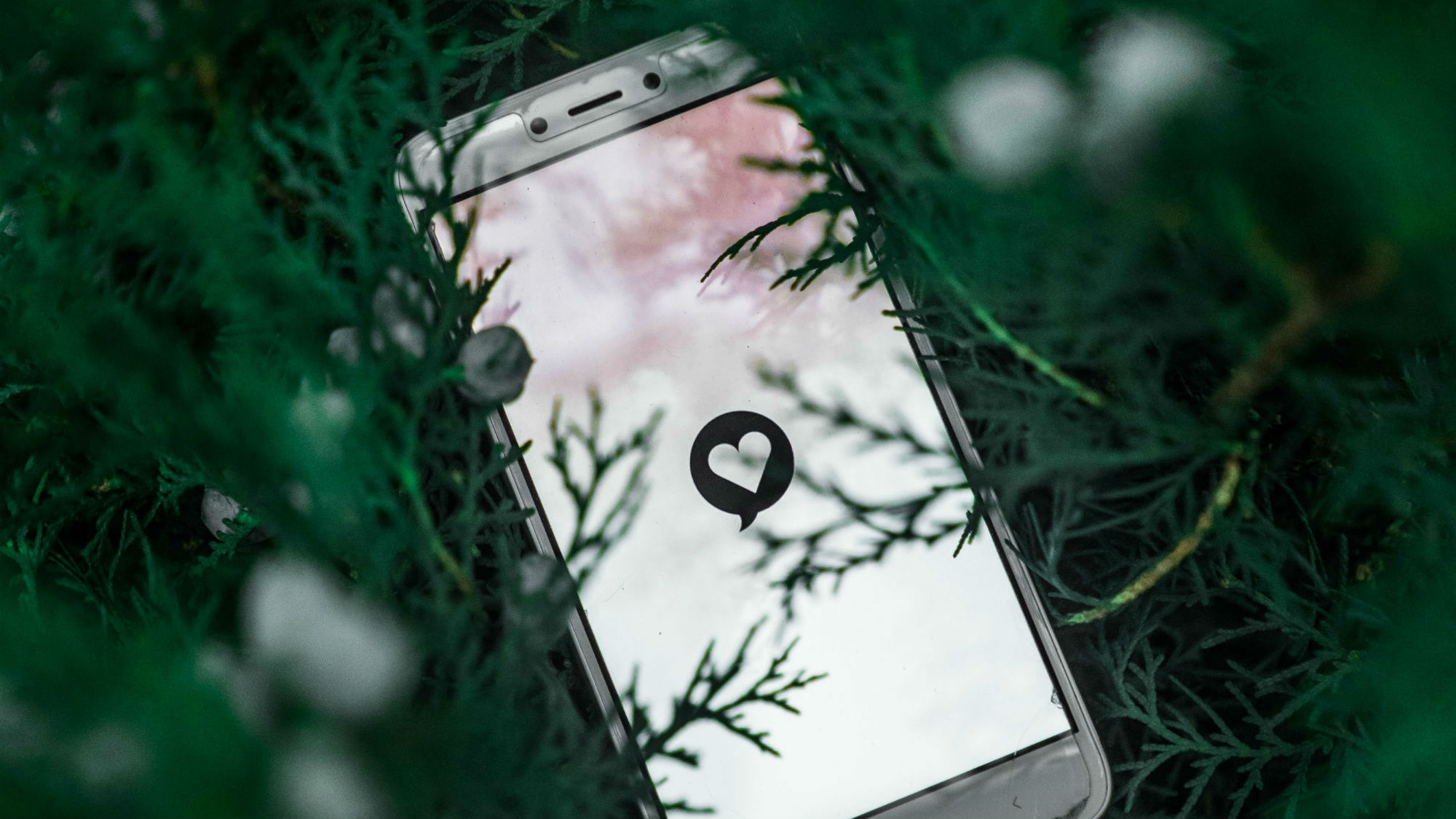How dating app Hinge decides your 'most compatible' match
With dating app activity on the rise during the pandemic, it's been revealed there is actually far more to the digital matchmaking business than meets the eye

With dating app activity on the rise during the pandemic, it's been revealed there is actually far more to the digital matchmaking business than meets the eye
Before coronavirus, the phases 'no app? no problem' could be applied to bagging yourself a date. Now, the population is app relient, as we stay safe indoors but crave connection more than ever.
One of the major problems in today’s digital dating world is that there are too many options and too few results. Singles are so busy matching that they’re not actually connecting off the app where it counts. And so, in a bid to correct this, dating app Hinge pairs a user with the person it thinks they would be most interested in dating, and who would be most interested in dating them.
But how does it determine someone's daily 'most compatible?' We tapped up the people at the super successful dating app to ask these pressing questions, as more and more people flock to the apps during lockdown. 'Simply put, we determine who a Hinge user is ‘most compatible' with by taking into consideration everything we have learned about them to date,' a spokesperson told us.
The app learns about your type over time, based on:
- The types of ‘likes’ and comments you send and receive (non-paying Hinge users are limited to 10 likes per day, so this avoids endless matching and more meaningful choices which will, in turn, lead to better dates*). *Hopefully.
- With 'Your Turn', the dating app prompts users to start a conversation and remind them when it's their turn to reply (which assists with reducing accidental ghosting as users explore each connection).
- Hinge hides conversations after 14 days of inactivity to keep things manageable and users focused on setting up dates.
- The ‘We Met’ in-app survey helps Hinge to learn a user’s type after their dates. As the community is currently dating from home, it now asks each person privately if a) they had a video or phone date with the person and b) if they’re the type of person they’d like to get to know better.
Can data really successfully find you a romantic partner, you ask? It turns out that yes, the proof is in the numbers. We're told that Hinge users spend more time on first dates than they do on the app every week, and 3 in 4 dates on Hinge lead to second dates. Not bad going.
Back at the beginning of April (doesn't that just feel like a lifetime ago?) Hinge launched a ‘Date from Home’ feature, where users can share when they’re ready for a digital date.
Celebrity news, beauty, fashion advice, and fascinating features, delivered straight to your inbox!
What does this mean, exactly? Well, while exchanging messages with another person, the ‘Date from Home’ menu will appear at the bottom of the conversation. If both parties select that they are ready for a virtual date, the app will notify both users directly in the conversation, rather than one party outwardly proposing a digital meet and possibly facing rejection.
After agreeing to ‘Date from Home’ with your match, you can use FaceTime, Zoom, Skype or Google Hangouts to set it up. Perhaps unsurprisingly, 70 per cent of Hinge users have expressed that they’d be open to a virtual date. Well, with government orders to close all pubs, bars and restaurants, there isn’t a lot of choice on where to meet for the first time now.
With Hinge sending you one 'most compatible' suggestion a day, perhaps it's time to give dating from home a chance. Who knows, it could even be our new normal.
Olivia – who rebranded as Liv a few years ago – is a freelance digital writer at Marie Claire UK. She recently swapped guaranteed sunshine and a tax-free salary in Dubai for London’s constant cloud and overpriced public transport. During her time in the Middle East, Olivia worked for international titles including Cosmopolitan, HELLO! and Grazia. She transitioned from celebrity weekly magazine new! in London, where she worked as the publication’s Fitness & Food editor. Unsurprisingly, she likes fitness and food, and also enjoys hoarding beauty products and recycling.